I. Introduction to Cleaning a Tent
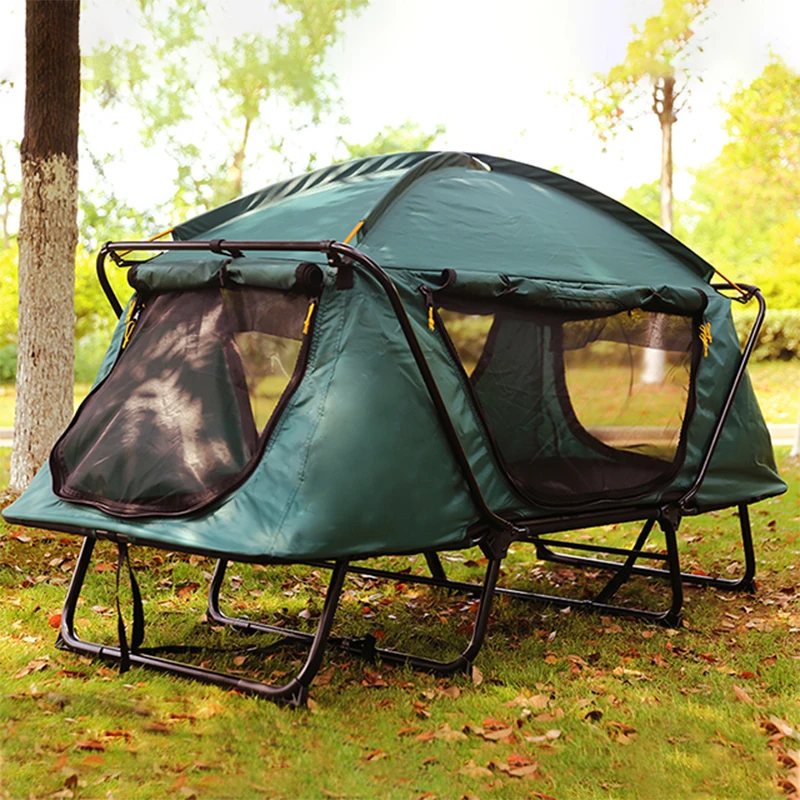
A. Importance of Regular Tent Cleaning
Regularly cleaning a tent is essential for maintaining its quality, performance, and longevity. Over time, tents can accumulate dirt, dust, stains, and odors from outdoor use. Cleaning the tent not only helps to remove these contaminants but also prevents potential damage and ensures a pleasant camping experience.
B. Benefits of Proper Tent Maintenance
Proper tent maintenance, which includes regular cleaning, provides several benefits:
- Prolonged Lifespan: Cleaning a tent helps to remove dirt, debris, and contaminants that can degrade the fabric and materials over time. By extending the tent’s lifespan, campers can enjoy many more camping trips without the need for premature replacement.
- Improved Performance: A clean tent performs better in terms of waterproofing, breathability, and overall functionality. Removing dirt and stains helps to maintain the tent’s original performance capabilities, ensuring a more comfortable and enjoyable camping experience.
- Enhanced Durability: Regular cleaning removes corrosive substances, such as salt or tree sap, which can weaken the tent fabric or damage the waterproof coatings. By removing these elements, campers can help preserve the tent’s durability and protect it from potential deterioration.
C. Exploring Different Cleaning Methods for Tents
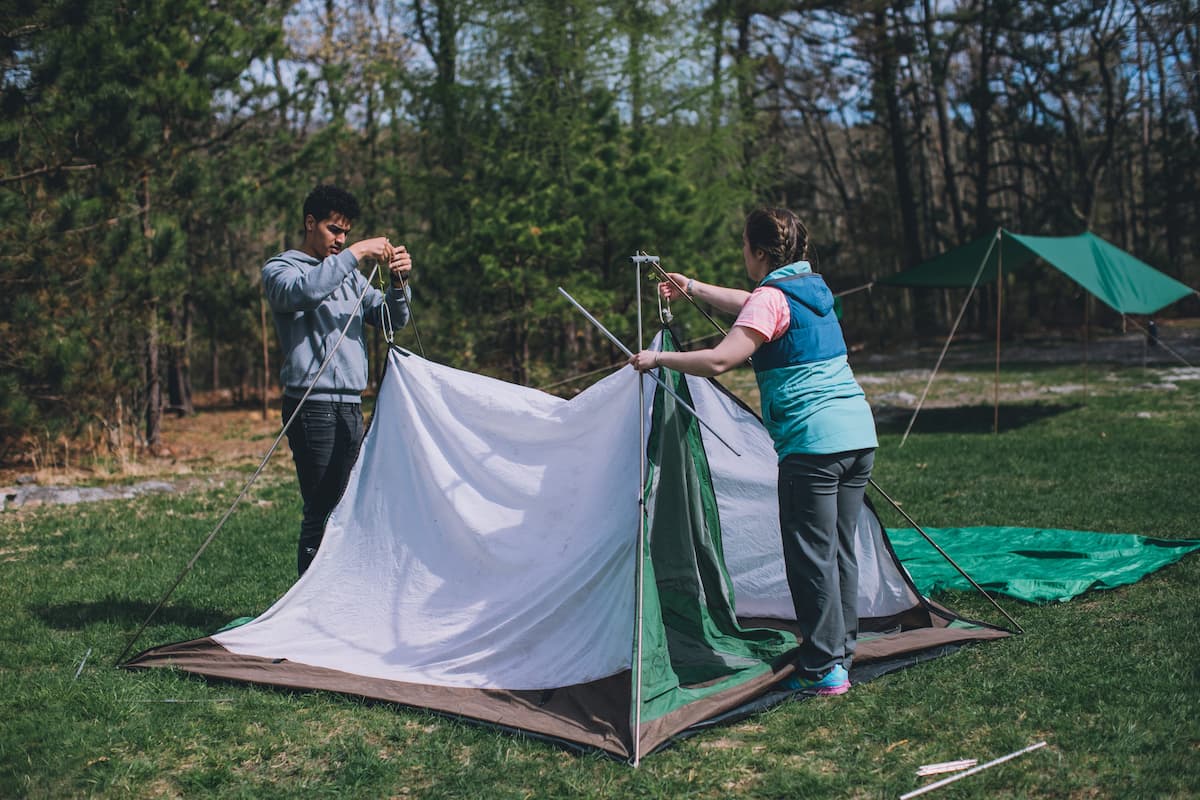
There are several cleaning methods that can be employed to keep a tent clean and well-maintained:
- Spot Cleaning: Spot cleaning involves targeting specific areas that require attention, such as stains or soiled patches. This method typically involves using a mild soap or specialized tent cleaner, a soft brush or sponge, and gently scrubbing the affected area. It is important to avoid abrasive cleaners or brushes that can damage the tent fabric.
- Hand Washing: Hand washing the entire tent is recommended for more comprehensive cleaning. This method involves setting up the tent, using a non-abrasive sponge or cloth, and a mild soap or specialized tent cleaner mixed with water to gently wash the entire surface. Special care should be taken with zippers, seams, and other delicate areas.
- Machine Washing: Some tents are machine washable, but it is important to consult the manufacturer’s instructions before attempting this method. If machine washing is recommended, the tent should be washed on a gentle cycle with a mild detergent and without using a dryer. It is crucial to thoroughly rinse the tent to remove any soap residue.
-
Drying: After cleaning, the tent should be thoroughly dried before storing to prevent the growth of mold or mildew. This can be done by hanging the tent in a well-ventilated area or using a low heat setting on a clothesline or drying rack. It is important to avoid direct sunlight or high heat sources, as they can damage the tent fabric.
II. Pre-Cleaning Preparations
A. Selecting a Suitable Cleaning Area
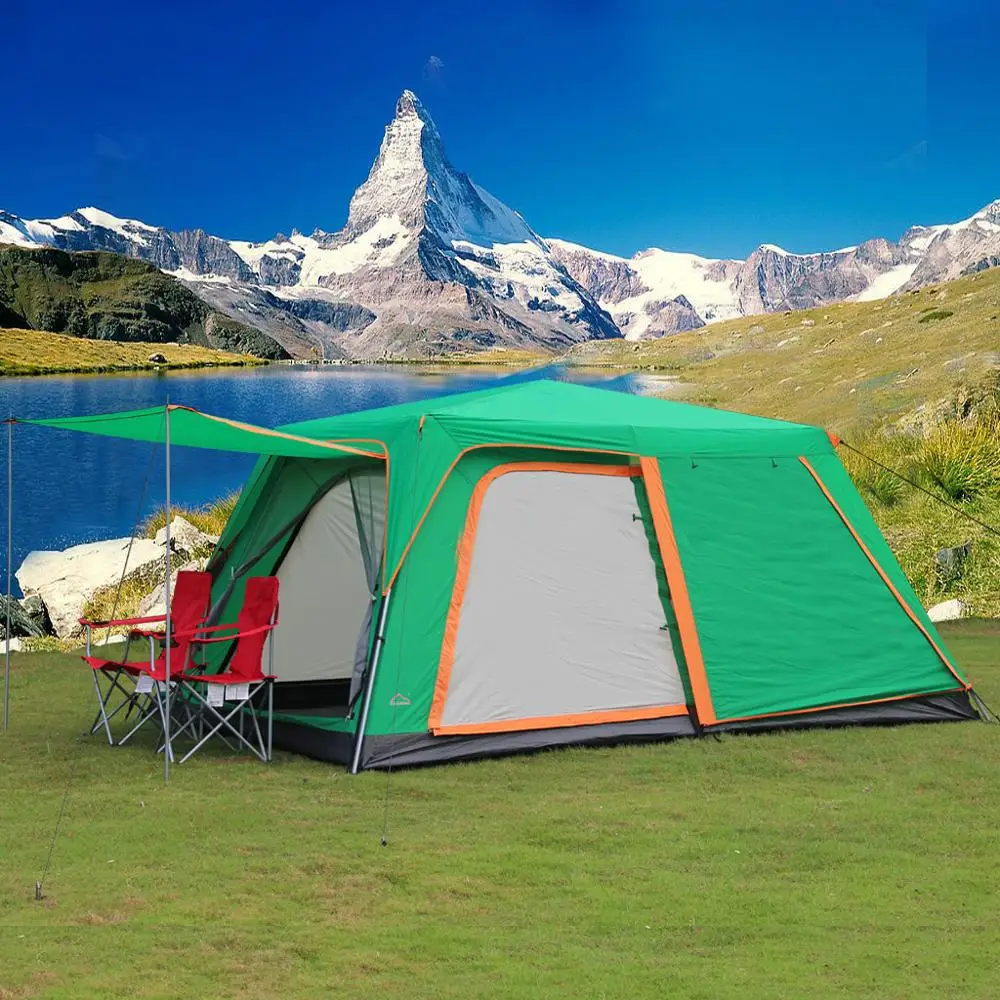
- Choosing a Spacious and Well-Ventilated Space: Prior to cleaning the tent, select an area that provides enough room to spread out the tent and move around comfortably. Ensure there is adequate ventilation to allow for proper drying after cleaning.
- Avoiding Direct Sunlight or Harsh Elements: It is important to clean the tent away from direct sunlight or harsh elements that could potentially damage the fabric. Find a shaded area or clean the tent indoors if possible.
B. Clearing and Preparing the Tent Interior
- Removing Personal Belongings and Gear: Before cleaning, empty the tent of all personal belongings, including sleeping bags, clothes, and equipment. Clearing the tent ensures a thorough cleaning and prevents any items from getting in the way.
- Shaking Out Loose Dirt and Debris: Shake out the tent to dislodge any loose dirt, leaves, or debris that may have accumulated inside. This step helps to get rid of excess dirt before the cleaning process.
III. Spot Cleaning Tent Stains and Spots
A. Cleaning Small Stains with Mild Soap and Water
- Diluting Gentle Soap in Water: In a bucket or basin, mix a small amount of mild soap with water. Ensure the soap is gentle and suitable for use on outdoor fabrics.
- Gently Scrubbing Stains with a Soft Brush or Cloth: Dip a soft brush or cloth into the soapy water and gently scrub the stained areas of the tent. Use gentle circular motions, being careful not to scrub too vigorously and damage the fabric.
B. Treating Stubborn Stains
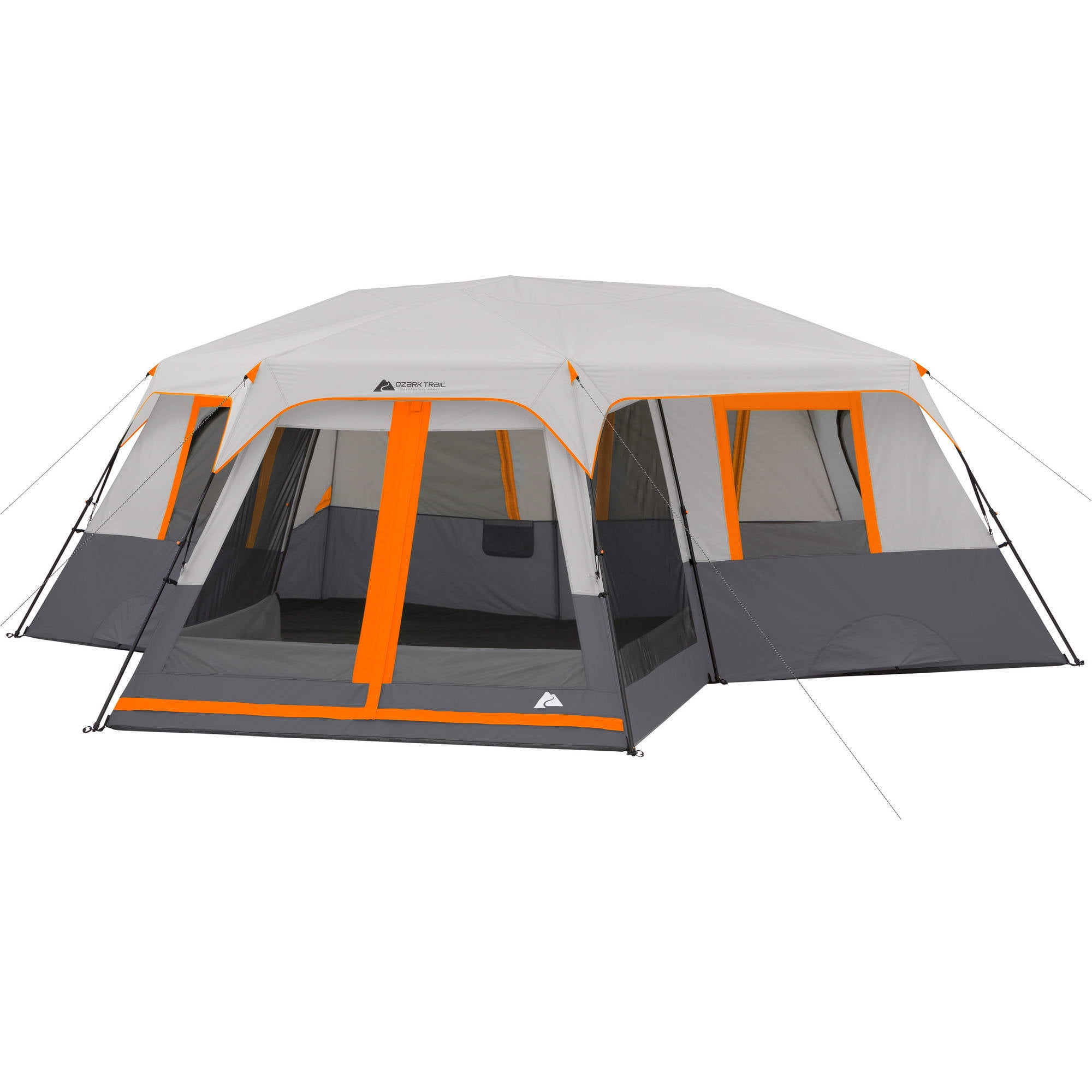
- Using Specialized Tent Cleaners as Directed: For stubborn stains that do not come out with mild soap and water, consider using specialized tent cleaners. Follow the instructions provided on the cleaner’s packaging and apply it to the stained areas as directed.
- Spot Testing Cleaners on an Inconspicuous Area: Before applying any cleaner to the tent, perform a spot test on a small, inconspicuous area of the fabric to ensure it does not cause discoloration or damage. Wait for the test spot to dry and assess the results before proceeding.
IV. Full Tent Cleaning
A. Hand Washing the Tent
- Setting Up a Washing Station with Mild Soap: Set up a washing station with a basin or large container filled with mild soap and water. Use a gentle soap suitable for outdoor fabrics.
- Gently Scrubbing the Tent with a Soft Brush: Dip a soft brush into the soapy water and gently scrub the entire tent, paying attention to any areas that require extra cleaning. Use a circular motion and take care not to scrub too hard to avoid damaging the fabric.
B. Machine Washing the Tent (if applicable)
- Following the Manufacturer’s Instructions: If the tent is machine washable, carefully follow the manufacturer’s instructions regarding machine washing. Some tents may require specific settings or instructions for safe machine washing.
- Using a Front-loading or Gentle Cycle on Low Temperature: When machine washing the tent, use a front-loading machine or a gentle cycle with cold or lukewarm water. Avoid using harsh detergents or bleach, as they can potentially damage the tent fabric.
V. Drying and Storage
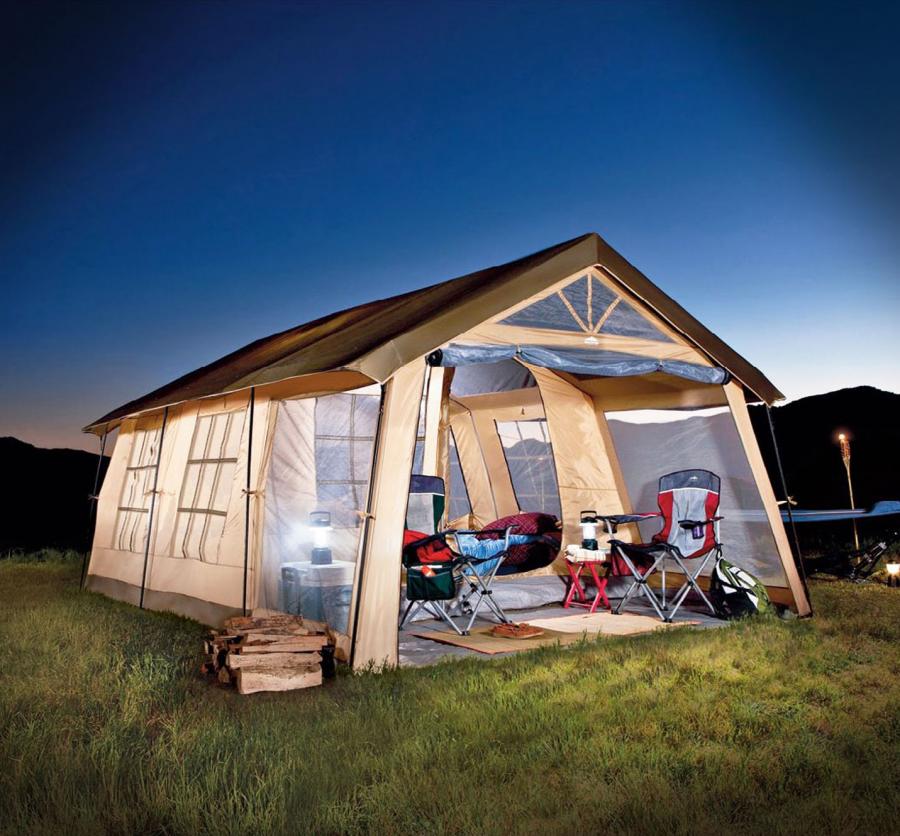
A. Air Drying the Tent
- Hanging or Laying the Tent Flat in a Well-Ventilated Area: After cleaning, hang the tent or lay it flat in a well-ventilated area to air dry. Ensure that the area is clean and free from dirt or debris that could transfer onto the wet tent.
- Ensuring the Tent is Completely Dry Before Storage: It is crucial to ensure the tent is completely dry before storing it. This helps prevent the growth of mold or mildew, which can damage the fabric. Allow ample time for the tent to dry thoroughly, both inside and out.
B. Proper Tent Storage
- Folding or Rolling the Tent Neatly: Once the tent is dry, fold or roll it neatly to ensure it fits properly in its storage bag or container. Follow the manufacturer’s instructions for the best folding or rolling technique specific to the tent model.
-
Storing the Tent in a Dry and Cool Environment: Store the tent in a dry and cool environment away from direct sunlight or extreme temperatures. Ensure that the storage area is clean and free from moisture to prevent any potential damage to the tent during storage.
Properly cleaning and maintaining a tent is essential for its longevity and performance. Preparing the cleaning area and clearing the tent interior are important pre-cleaning steps. Spot cleaning helps remove small stains, while treating stubborn stains may require specialized tent cleaners. Hand washing or machine washing (if applicable) the tent ensures a thorough cleaning. Properly drying the tent and storing it in a dry and cool environment prevent mold and mildew growth. By following these steps, you can keep your tent clean, fresh, and ready for your next outdoor adventure.
